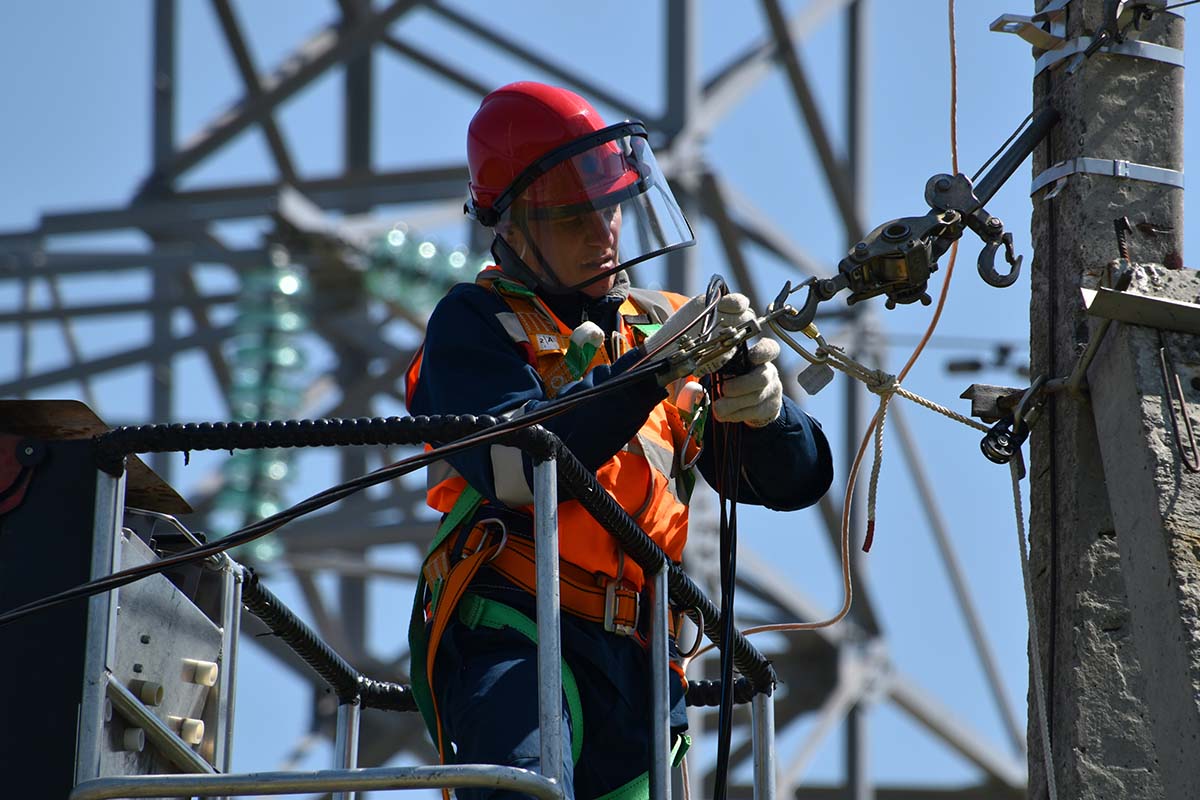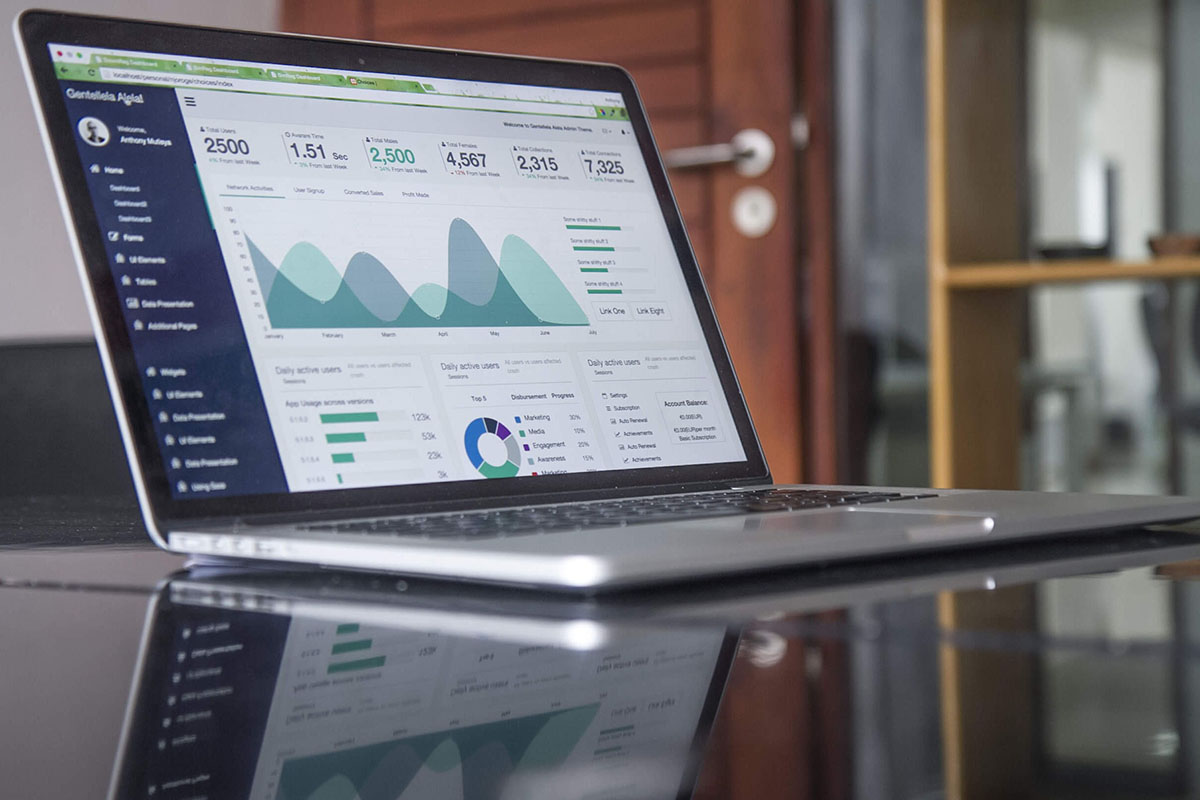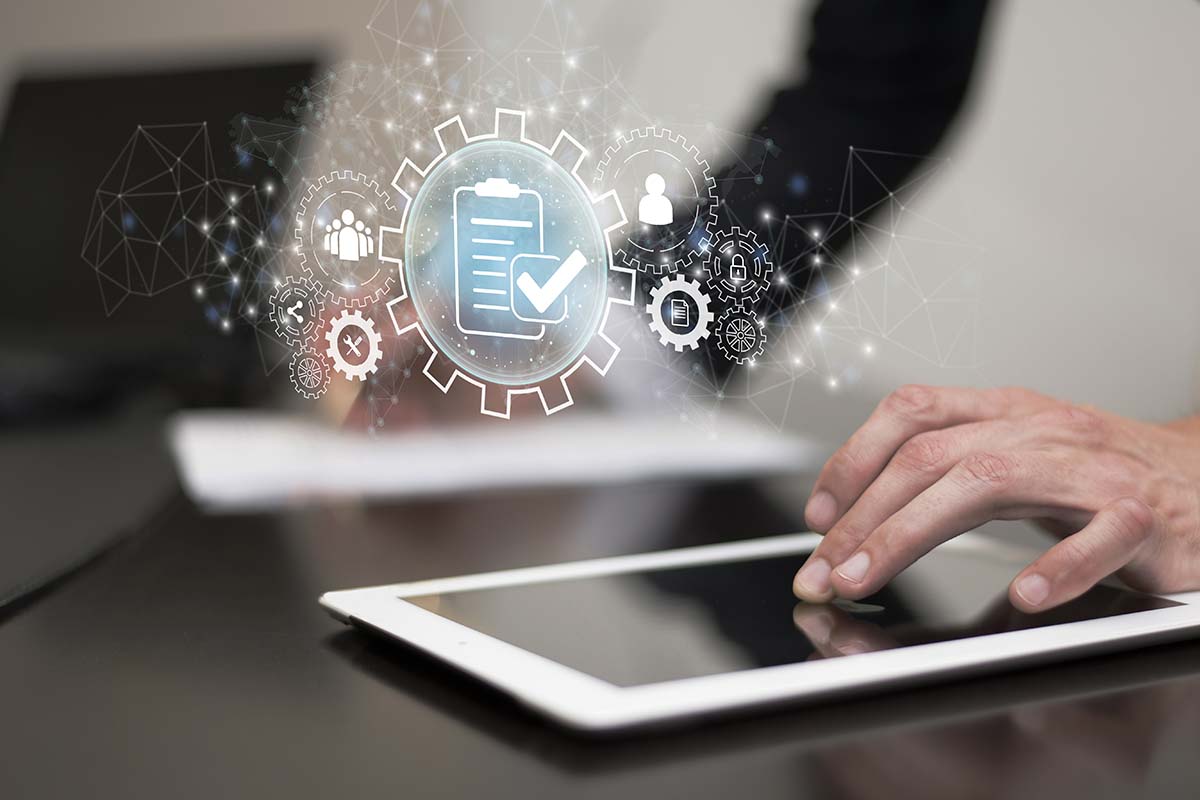Navigating Electricity Rates in the Digital Age
Electricity is essential to our daily lives, powering everything from our smartphones to our homes. However, with the rise of the digital age, navigating electricity rates has become more complex than ever. Understanding how to manage and optimize your electricity usage is crucial for your wallet and the environment. To navigate electricity rates in the digital age and make informed decisions about your energy consumption, here are seven tips you can follow.
Educate Yourself on Utility Programs
Utility providers often offer programs and incentives to help customers manage their electricity costs. These may include energy-saving programs, rebates for energy-efficient upgrades, or even budget billing options. If you’re in Houston or Dallas, getting familiar with Texas electricity rates to get matched with the most cost-effective and environmentally friendly options is crucial to making choices that align with your budget and values. Participating in these initiatives can lead to cost savings and more efficient electricity use. Stay informed about updates and changes to these programs, as they may evolve better to suit the needs of consumers in the digital age.
Time-of-Use Optimization
Many utility providers offer time-of-use (TOU) pricing, where electricity rates vary depending on the day. Take advantage of lower rates during off-peak hours by shifting energy-intensive tasks, such as laundry or dishwashing, to these times.
Aligning your energy-intensive activities with lower-priced periods can significantly lower electricity costs. Check with your utility provider to understand their TOU pricing structure and adjust your habits accordingly.
Regularly Audit Your Energy Consumption
Knowledge is power, especially when it comes to managing electricity costs. Regularly audit your energy consumption by reviewing your utility bills and identifying patterns. Look for any sudden spikes in usage, and investigate the causes.
Understanding when and how you use electricity empowers you to make informed decisions about your habits and identify opportunities for optimization. Monitoring your consumption closely allows you to detect and rectify inefficiencies promptly.
Explore Alternative Energy Sources
Consider incorporating alternative energy sources into your electricity mix. Solar panels, for example, can harness the sun’s power to generate electricity for your home. While the initial investment may seem high, the long-term savings and environmental benefits make it worthwhile. Additionally, some utility providers offer green energy plans that source electricity from renewable sources.
Wind Power
Investigate the feasibility of wind power in your region. Small-scale wind turbines can be installed on residential properties, providing a clean and renewable source of electricity. While the upfront costs may vary, the long-term savings and the positive environmental impact are worth exploring.
Hydropower
Hydropower could be a viable option if you live near a water source. Micro-hydro systems harness the energy of flowing water to generate electricity. While the installation of such systems may require some investment, the consistent power generation and minimal environmental impact make hydropower an attractive alternative.
Geothermal Energy
Explore the potential of geothermal energy, especially if your home is situated in an area with geothermal activity. Geothermal heat pumps can efficiently heat and cool your home while also providing a source of electricity. While installation costs can be substantial, the long-term efficiency and sustainability benefits are worth considering.
Community Solar Programs
Some areas offer community solar programs that allow residents to invest in or subscribe to a shared solar energy system. This is a cost-effective way to access solar power without installing panels on your property. Participating in such programs not only supports the use of renewable energy but may also offer financial incentives or credits on your electricity bill.
Energy-Efficient Appliances Matter
Modern appliances often come with an Energy Star rating, indicating their efficiency in energy consumption. While these appliances may have a higher upfront cost, the long-term savings on your electricity bills can be substantial. Look for programmable settings and energy-saving modes, which can further optimize your electricity usage.
Energy Star Certification
Opt for appliances that carry the Energy Star label. This certification is a reliable indicator of energy efficiency, and appliances with this label meet strict standards set by the Environmental Protection Agency. Energy Star appliances, from refrigerators to washing machines, are designed to consume less energy while maintaining high performance.
LED Lighting
When upgrading lighting fixtures, choose energy-efficient LED bulbs. LED lighting uses significantly less energy than traditional incandescent bulbs and has a longer lifespan. While LED bulbs may have a slightly higher initial cost, the energy savings over time, coupled with their durability, make them a cost-effective and eco-friendly choice.
Smart Appliances
Consider investing in smart appliances equipped with advanced technology for energy optimization. Smart thermostats, for example, can learn your heating and cooling preferences and adjust settings to minimize energy consumption. Similarly, smart refrigerators and dishwashers can operate during off-peak hours, taking advantage of lower electricity rates.
Be Mindful of Phantom Power
Even when your electronic devices are turned off, they may still consume energy in what is known as “phantom power” or “standby power.” This can account for a significant portion of your electricity bill. Unplug chargers, power strips, and electronic devices when not in use to eliminate phantom power consumption.
Consider using smart power strips that automatically cut power to devices when they are not in use. Being mindful of phantom power is a simple yet effective way to ensure that you’re only paying for the electricity you actively use.
Embrace Smart Technology
Investing in innovative technology for your home can be a game-changer when managing electricity costs. Smart thermostats, lighting systems, and appliances allow you to control and monitor your energy usage remotely.
You can optimize energy consumption and reduce unnecessary costs by leveraging automation and adjusting settings based on your usage patterns. This not only puts you in control but also contributes to a more sustainable and efficient use of electricity.
By embracing smart technology, optimizing time-of-use, auditing energy consumption, exploring alternative sources, choosing energy-efficient appliances, being mindful of phantom power, and leveraging utility programs, you empower yourself to make strategic decisions that benefit both your wallet and the environment.
With these tips in mind, you not only take control of your electricity costs but also contribute to a sustainable and energy-efficient future. Stay vigilant, stay informed, and let your choices shape a brighter and more cost-effective energy landscape.


















